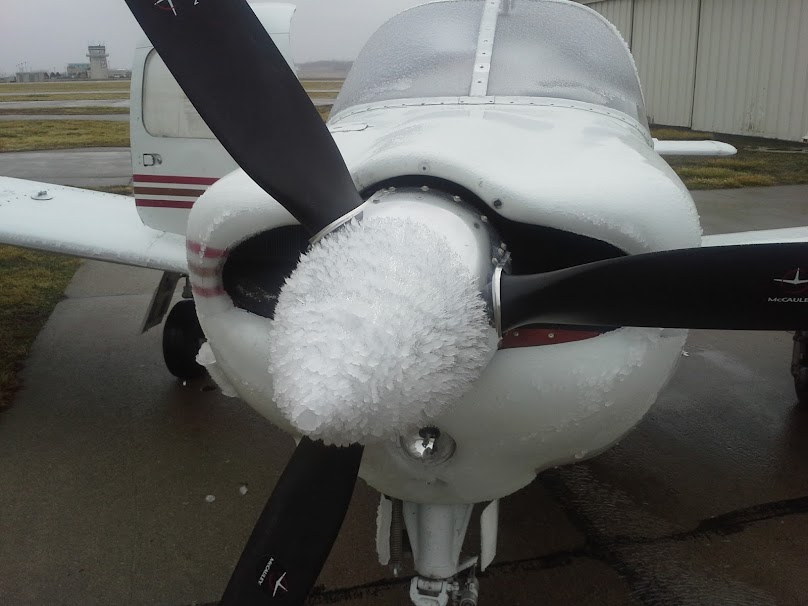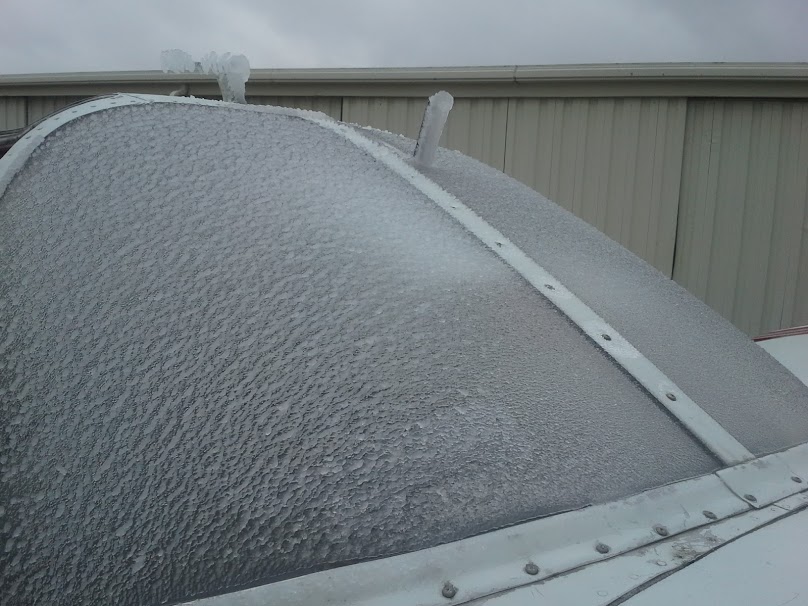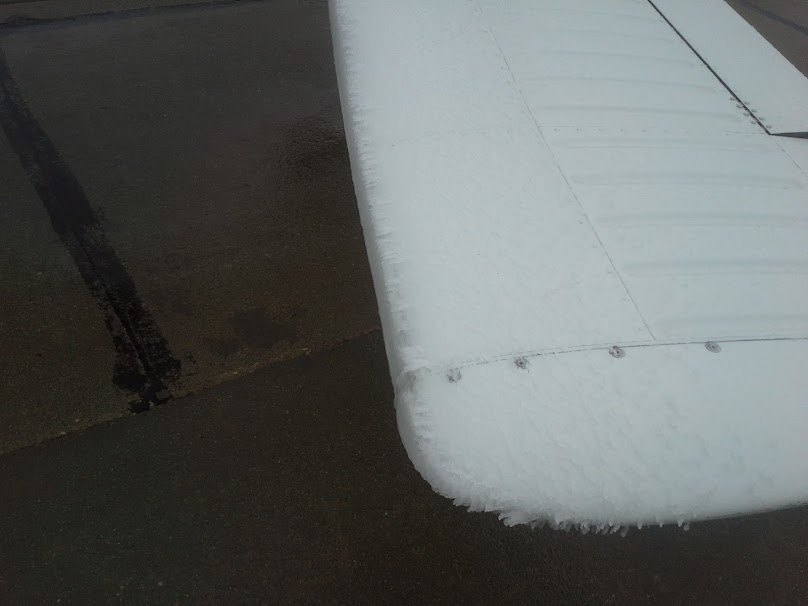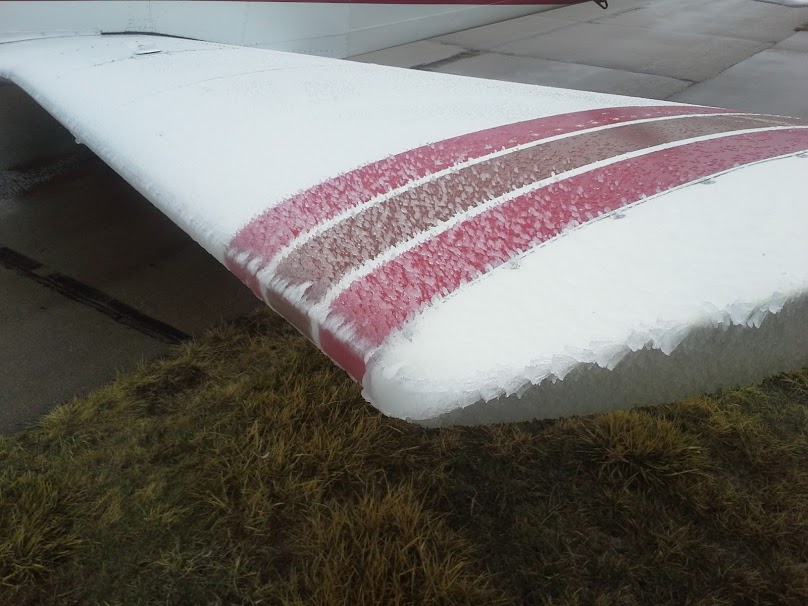redlineshifts
Filing Flight Plan
- Joined
- Feb 19, 2013
- Messages
- 23
- Display Name
Display name:
Redlineshifts
Unforecasted Icing
Got a weather brief this morning, icing level was 8k. We took off and popped in the clouds around 1200 agl. We started picking up ice on the canopy by 2500(filed for 5k).
Pitot heat didn't work and we lost airspeed indications by 3500 msl. The canopy defog also did nothing to help us out. We turned around and returned to our home airfield shortly after, never made it to 5k. We were unable to climb at all without sacrificing airspeed(down to about 90knots ground speed at this point). By the time we were on the approach we were at 70-80'ish knots to maintain.
Flew the ILS back to our airfield, luckily I got a visual on the runway out the right window due to a crosswind. We had to fly beside the runway until we both had a visual out the side windows and put it down.
edited: More tools should have been used to prevent this from happening in the first place. The indicators were out there, and we failed to get them by not utilizing all the tools that are available now. Hopefully someone else learns something from this(I know I did).
Glad everything worked out and center was very helpful.




Got a weather brief this morning, icing level was 8k. We took off and popped in the clouds around 1200 agl. We started picking up ice on the canopy by 2500(filed for 5k).
Pitot heat didn't work and we lost airspeed indications by 3500 msl. The canopy defog also did nothing to help us out. We turned around and returned to our home airfield shortly after, never made it to 5k. We were unable to climb at all without sacrificing airspeed(down to about 90knots ground speed at this point). By the time we were on the approach we were at 70-80'ish knots to maintain.
Flew the ILS back to our airfield, luckily I got a visual on the runway out the right window due to a crosswind. We had to fly beside the runway until we both had a visual out the side windows and put it down.
edited: More tools should have been used to prevent this from happening in the first place. The indicators were out there, and we failed to get them by not utilizing all the tools that are available now. Hopefully someone else learns something from this(I know I did).
Glad everything worked out and center was very helpful.




Last edited:



 ).
).